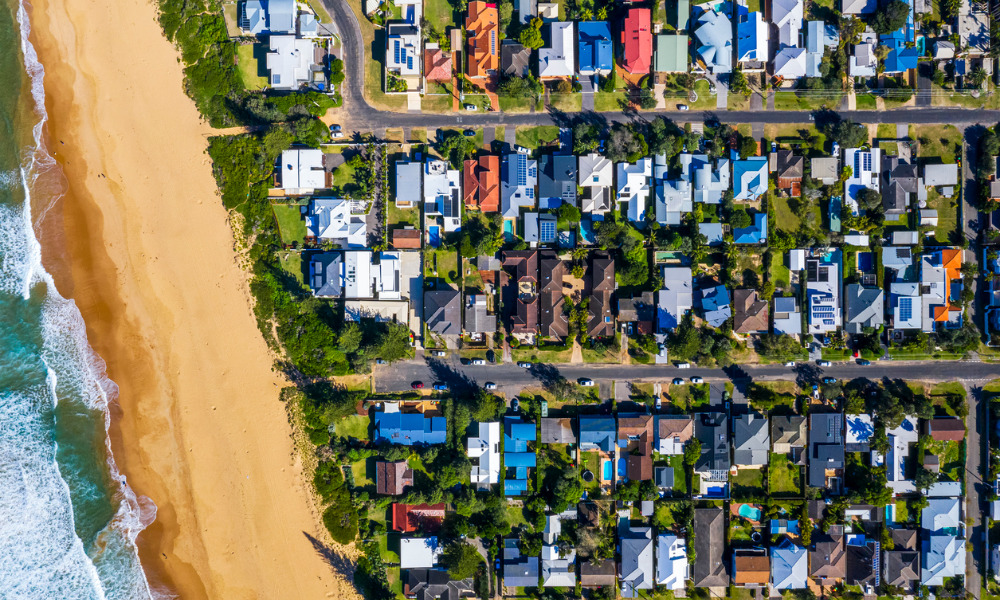Which property type is holding up best in cooling Sydney and Melbourne markets?

Prices for less expensive homes are holding up the best in the cooling markets of Sydney and Melbourne, and affordable homes are seeing the strongest price growth in most other cities, according to data from CoreLogic.
More affordable properties outperformed pricier homes over the last three months, according to CoreLogic. Values for the bottom 25% of homes rose 3.4%, while values for the top quarter of the market fell 1.4%, The Sydney Morning Herald reported.
In Melbourne, prices in the bottom quarter – homes costing up to $627,000 – rose 1.1% over the three months to May. The middle of the market fell 0.1%, while the top quarter dropped 2%.
In Sydney, the more affordable quarter – homes costing up to $829,300 – edged up 0.1%. Prices in the top quarter dropped 2.7%.
The bottom quarter led price growth in all other cities except Darwin, the Herald reported. The most significant disparity was in Canberra, where prices at the lower end of the spectrum spiked 4.1%, while the upper quartile edged up only 0.6%. Canberra recorded its first monthly price fall in three years in May.
“This is something we would expect to see at the cusp of a market change,” Eliza Owen, CoreLogic’s head of residential research for Australia, told the Herald. “The high end of the market tends to be the first mover, and … more volatile. When the market is going up, it tends to see some of the highest growth, and when the market starts to go down … it will deteriorate more quickly.”
Owen said that affordability and credit issues may have also pushed more buyers into the bottom quarter of the market, making that segment more resilient.
Read next: Affordability to worsen despite drop in property prices – report
The top quarter, meanwhile, would be more sensitive to rising interest rates. Research by the Reserve Bank of Australia found that more expensive areas, and those with a higher concentration of investment, were more sensitive to changes in the credit environment, the Herald reported.
However, Owen warned that price growth for more affordable homes was slowing, and the lower quarter would eventually follow the upper quarter. Cheaper-priced homes already dropped 0.2% during May, but were still up over the three-month period.
“They will eventually follow the high end,” Owen said. “The only difference is the downturn probably won’t be as severe. … The lower end is more of a slow and steady performer.”



